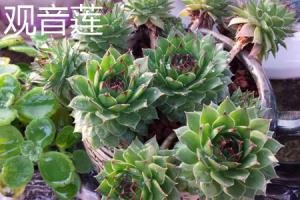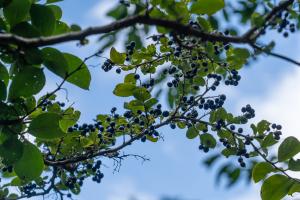Introduction
If you're looking to plant a pawpaw tree, you'll want to ensure that you choose the best location possible. Pawpaw trees, also known as Asimina triloba, produce delicious fruit and can be a great addition to your garden or orchard. However, they have specific environmental requirements and prefer certain growing conditions in order to thrive. In this article, we'll explore some of the best places to plant a pawpaw tree.
Soil Requirements
Pawpaw trees prefer well-drained, fertile soil that is slightly acidic. They do not grow well in heavy clay or waterlogged soil, so it's important to choose a location that has good drainage. If your soil is heavy or compacted, you may need to amend it with organic matter in order to provide better drainage and create a more suitable growing environment for your pawpaw tree.
Sunlight and Temperature
Pawpaw trees require a minimum of six hours of direct sunlight per day in order to produce fruit. They also prefer warm temperatures and grow best in areas with long, hot summers. If you live in a cooler climate, you can still grow pawpaw trees, but you will need to select a location that provides ample sunlight and has a microclimate that is warmer than the surrounding area.
Wind Protection
Pawpaw trees have relatively shallow roots and can be easily damaged by high winds. In order to protect your pawpaw tree from damage, it is important to plant it in a location that provides some wind protection. This could be near a building or fence, or you could consider using windbreaks to create a more sheltered growing environment.
Water Requirements
Pawpaw trees require regular watering, especially during the first few years of growth. However, they do not tolerate wet feet and can be easily damaged by overwatering. It's important to provide your pawpaw tree with adequate water without allowing it to become waterlogged. This can be achieved by selecting a location with good drainage and watering your tree deeply but infrequently.
Conclusion
When it comes to planting a pawpaw tree, there are a number of factors to consider. By selecting a location with well-drained, fertile soil; ample sunlight; wind protection; and regular but not excessive watering, you can create the ideal growing environment for your pawpaw tree. With a little care and attention, your pawpaw tree will thrive and produce plenty of delicious fruit for years to come.

 how many times do yo...
how many times do yo... how many planted tre...
how many planted tre... how many pine trees ...
how many pine trees ... how many pecan trees...
how many pecan trees... how many plants comp...
how many plants comp... how many plants can ...
how many plants can ... how many plants and ...
how many plants and ... how many pepper plan...
how many pepper plan...






























